Non-premixed Combustion of Natural Gas CFD, A Fluent Validation Tutorial
Non-premixed Combustion of Natural Gas CFD, A Fluent Validation Tutorial
- Upon ordering this product, you will be provided with a geometry file, a mesh file, and an in-depth Training Video that offers a step-by-step training on the simulation process.
- For any more inquiries regarding the product, please do not hesitate to reach out to us at info@CFDLAND.com or through our online support assistant.
€295 Original price was: €295.€175Current price is: €175.
In many industrial burners and power plants, Non-premixed Combustion of Natural Gas is the fundamental process used to generate energy. In this method, the fuel (natural gas) and the oxidizer (air) are injected into the combustion chamber through separate inlets. They must mix together before they can burn. Understanding this mixing-controlled process is essential for designing efficient burners that produce maximum heat while minimizing harmful emissions like soot and NOx.
This project presents a detailed Natural Gas Combustion CFD simulation aimed at validation. A reliable simulation allows engineers to test and perfect burner designs virtually, saving time and money. To confirm the accuracy of our model, we will perform a Natural Gas Combustion Fluent VALIDATION by comparing our results directly with the published data in the paper: “Analysis of the turbulent, non-premixed combustion of natural gas in a cylindrical chamber with and without thermal radiation”.

Figure 1: Centerline temperature distribution from the reference paper, used as the benchmark for our CFD validation.
Simulation Process: CFD Modeling of Non-premixed Combustion in Fluent
The foundation of an accurate Combustion Chamber CFD Fluent simulation is a well-planned modeling strategy. The process began with building a 2D axisymmetric geometry in Design Modeler, representing half of the cylindrical chamber to reduce computation time. This geometry was then meshed with a high-quality structured grid of 10200 cells.
The heart of this simulation was the advanced chemical reaction setup in ANSYS Fluent. To track how the fuel and air react to form products, the Species Transport model was used. This model solves equations for every chemical involved (CH4, O2, CO2, H2O, etc.). To model the interaction between the turbulent fluid flow and the chemical reactions, the Eddy Dissipation model was chosen. This advanced model for Turbulent Combustion CFD is powerful because it considers that the speed of the reaction depends on both the chemical kinetics (how fast molecules react) and the turbulent mixing (how fast fuel and air are stirred together).
Post-processing: Validating the Flame Structure and Temperature
The simulation results provide a complete picture of the combustion process and show excellent agreement with the reference data. The centerline temperature plot (Figure 2) is the key piece of evidence for our CFD Validation Study. Our simulation predicts a peak temperature of approximately 2000K at a distance of about 1.4 meters from the inlet. This result almost perfectly matches the data presented in the reference paper (Figure 1). This successful Flame Temperature Prediction confirms that our simulation setup is highly accurate and reliable.

Figure 2: Centerline temperature from the Non-premixed Combustion of Natural Gas Fluent simulation, showing excellent agreement with the reference paper
The contour for the rate of reaction, shown in Figure 3, provides an even clearer picture of the flame’s structure. This contour shows exactly where the chemical reaction is happening most intensely. The result is a distinct V-shaped flame front, where the rate of reaction reaches its maximum value of 0.06 kgmol/m³s. This shape confirms that the combustion is happening in a thin layer at the interface between the central fuel jet and the outer air stream. The dark region inside the ‘V’ is the unburnt methane fuel, and the dark region outside is the surrounding air. The bright yellow line is the precise location where they meet and burn. This powerful Flame Structure Analysis CFD visualizes how the intense chemical reaction in this thin zone is responsible for releasing the massive amount of thermal energy that creates the high temperatures seen in Figure 1.Caption for Figure 1 Figure 1: Temperature contour from the Natural Gas Combustion CFD simulation, showing peak temperatures along the flame’s edges.
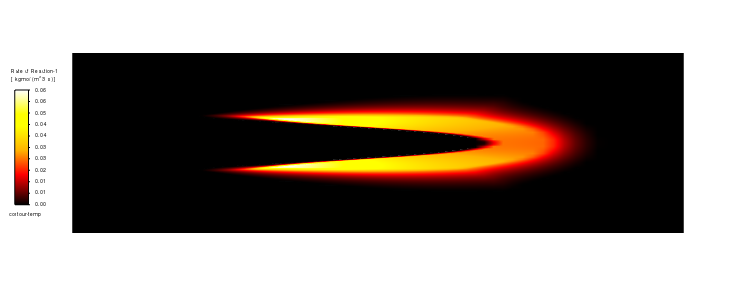
Contour of the reaction rate from the Non-premixed Combustion of Natural Gas CFD analysis, highlighting the thin V-shaped reaction zone.
We pride ourselves on presenting unique products at CFDLAND. We stand out for our scientific rigor and validity. Our products are not based on guesswork or theoretical assumptions like many others. Instead, most of our products are validated using experimental or numerical data from valued scientific journals. Even if direct validation isn’t possible, we build our models and assumptions on the latest research, typically using reference articles to approximate reality.
Yes, we’ll be here . If you have trouble loading files, having technical problems, or have any questions about how to use our products, our technical support team is here to help.
You can load geometry and mesh files, as well as case and data files, using any version of ANSYS Fluent.
€190 Original price was: €190.€99Current price is: €99.

€240 Original price was: €240.€175Current price is: €175.

€360 Original price was: €360.€185Current price is: €185.

€245 Original price was: €245.€199Current price is: €199.

€245 Original price was: €245.€185Current price is: €185.

€280 Original price was: €280.€145Current price is: €145.






















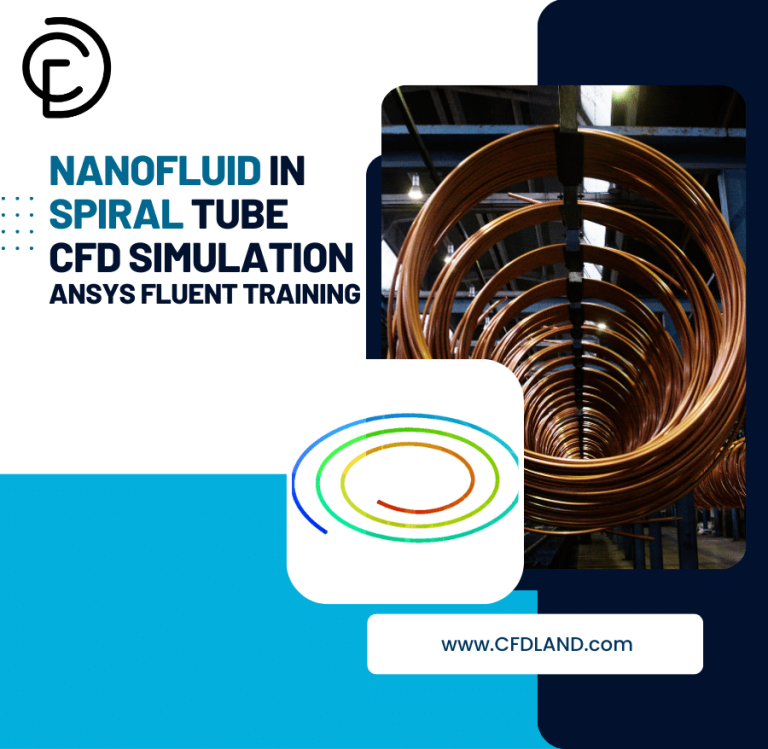
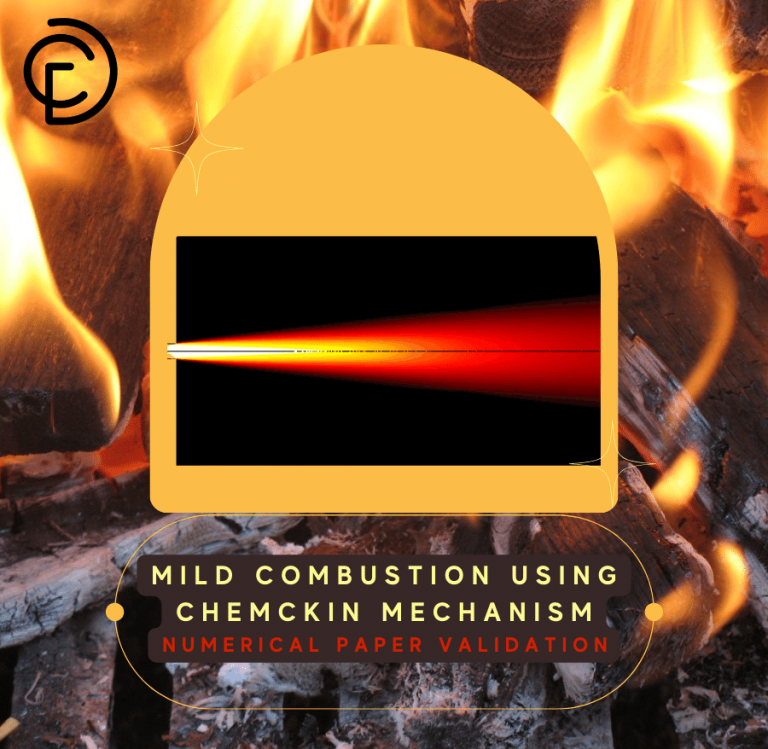
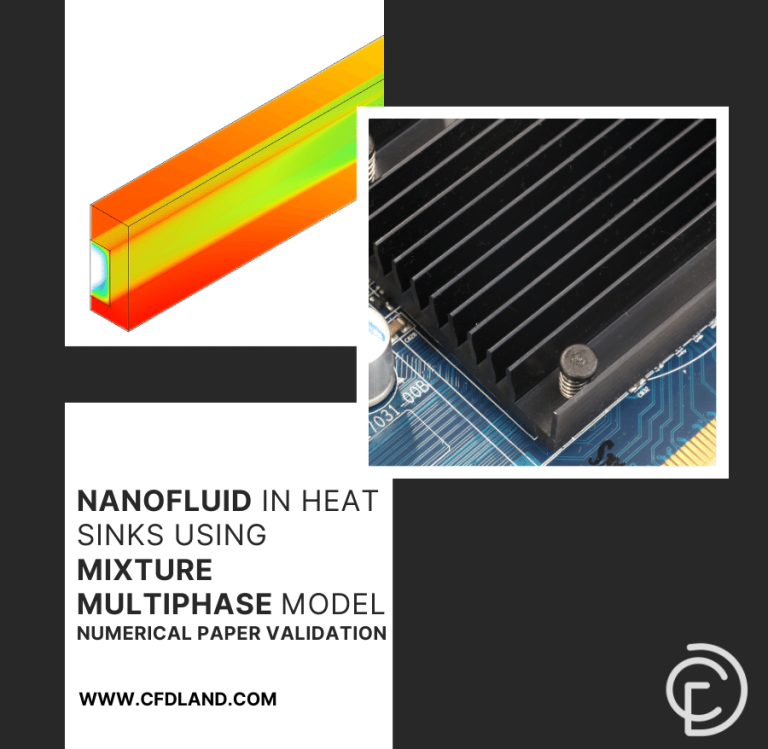
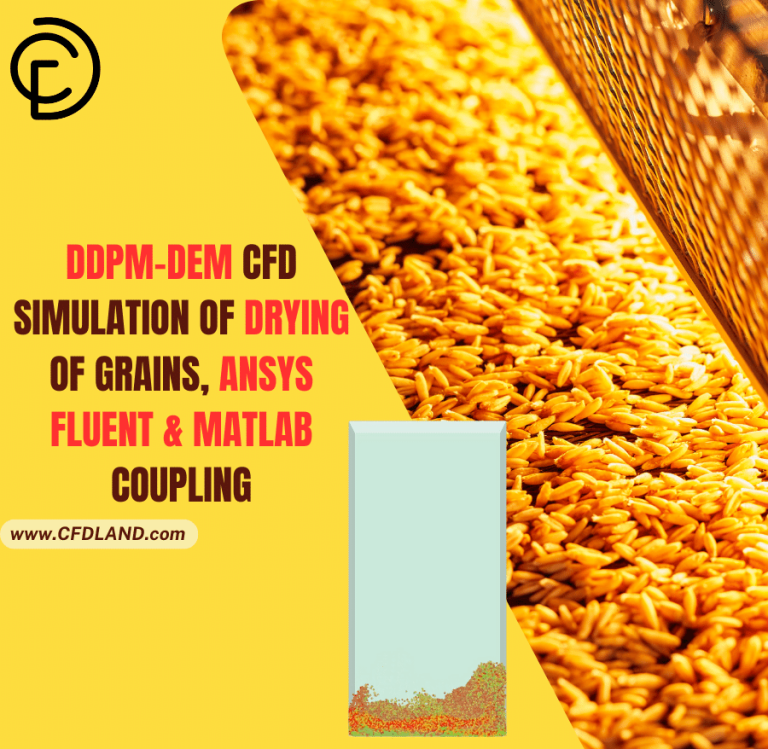
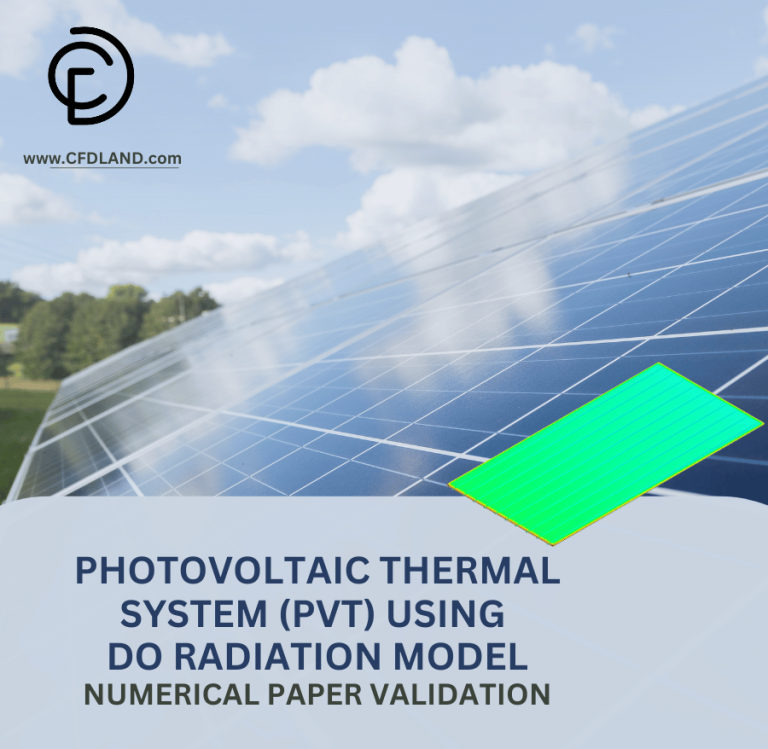
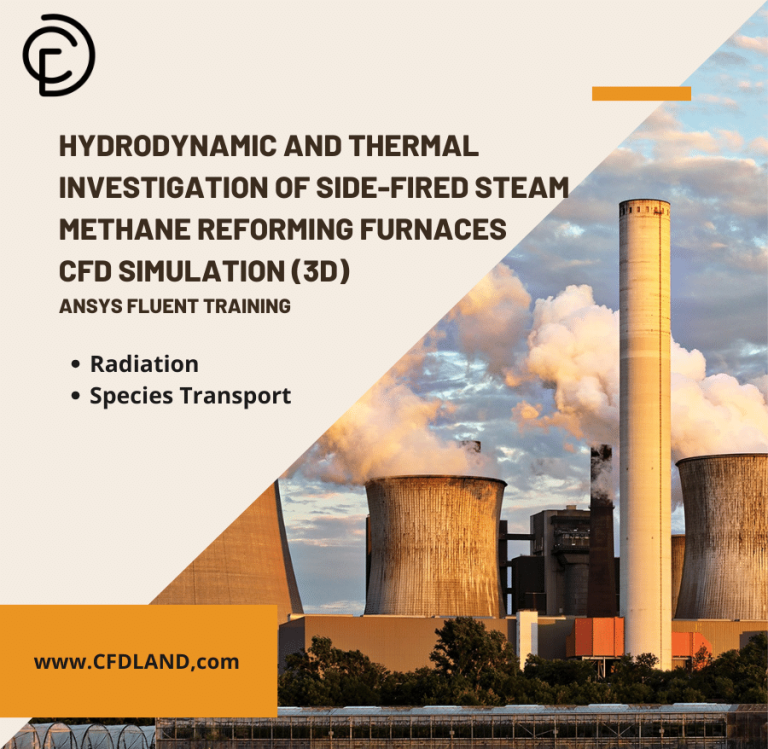
Reviews
There are no reviews yet.